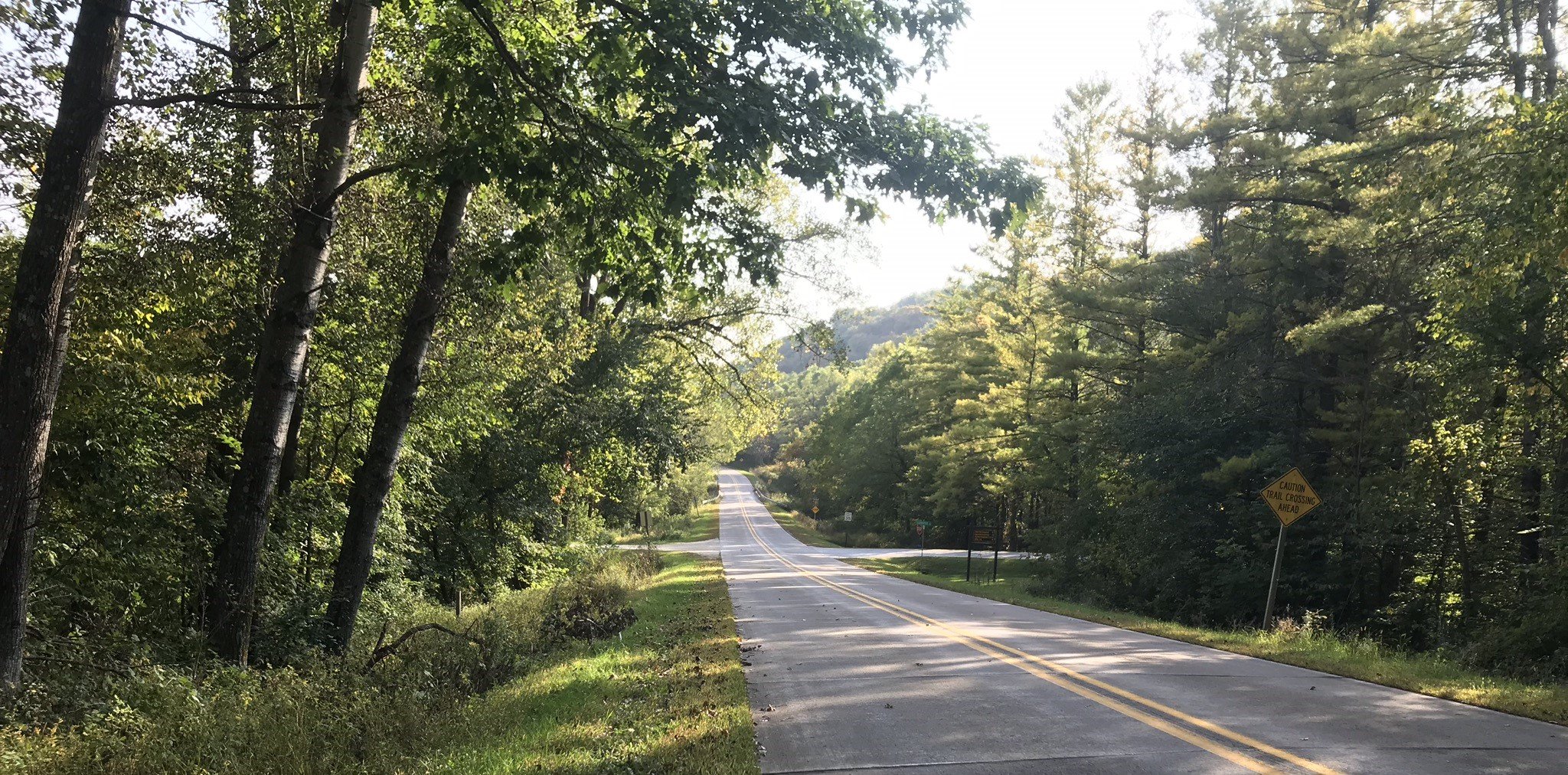
Providing a full range of historic preservation and cultural resource services.
Services
-
National Register of Historic Places Nominations
Properties nominated for listing in the National Register of Historic Places possess something distinct: historic significance and integrity. Determining whether a property meets these criteria involves careful preparation, detailed research, and thorough documentation—each step reviewed through multiple levels of oversight. Though comprehensive, the process is worthwhile. A successful nomination designates a property as historically significant and can qualify it for preservation tax credits, as well as open access to specialized grant opportunities. National Register nominations often align with Section 106 compliance, historic architectural surveys, and applications for preservation funding, making them a strategic tool in both planning and rehabilitation efforts.
-
Section 106 + Environmental
Projects subject to Section 106 compliance or other environmental review processes involve multiple regulatory steps and coordination efforts. Historical Link, LLC brings deep expertise in navigating the Section 106 process and historic environmental review, offering clarity on procedural requirements and contributing to project efficiency. This work may include conducting historic architectural surveys, evaluating National Register eligibility, coordinating with government and regulatory officials, drafting agreement documents (such as Memoranda of Agreement or Programmatic Agreements), and finalizing mitigation documentation. While each project follows a distinct path, Historical Link, LLC provides informed guidance to support timely and compliant outcomes.
-
Reconnaissance Historic Architectural Surveys
Reconnaissance historic architectural surveys provide a broad overview of the existing built environment within a defined area. This predictive survey type is especially useful in the early stages of planning to identify potentially significant resources and recommend appropriate next steps. Basic information is collected on all resources within the survey area and documented through historical research, field observations, resource analysis, and preliminary recommendations. Findings are clearly outlined in the survey report, following the draft Guidelines for Historic Architectural Survey in Iowa. Reconnaissance surveys offer a “30,000-foot view” of a potential project area, helping to inform planning decisions and determine where more detailed study may be warranted.
-
Intensive Historic Architectural Surveys
Intensive historic architectural surveys identify, record, and evaluate properties within a defined area of the built environment using the National Register Criteria. These detailed surveys collect data on historic-age resources and document findings through thorough archival research, fieldwork, and contextual analysis. Each property is evaluated for significance and integrity within a historic context framework to determine National Register eligibility. Resource information and recommendations are compiled in a survey report following the draft Guidelines for Historic Architectural Survey in Iowa. Intensive level surveys provide the comprehensive information needed to inform project decisions.
-
Mitigation Documentation
A project’s effects on a historic property may necessitate mitigation, often through comprehensive documentation. This process captures the property’s historic significance, defining characteristics, and current condition, creating a detailed record prior to any modifications or demolition. Mitigation efforts frequently follow federal standards such as the Historic American Buildings Survey (HABS), Historic American Engineering Record (HAER), or Historic American Landscapes Survey (HALS), as well as Iowa’s Historic Property Documentation Study. Each documentation effort is tailored to the specific resource and project context, reflecting both regulatory requirements and preservation priorities. Completing mitigation documentation provides a formal resolution to adverse effects and contributes to the overall success and transparency of the project.
-
Historic Preservation Tax Credit Applications
Historic tax credits offer a valuable incentive for reinvesting in historic buildings by offsetting rehabilitation costs and encouraging preservation-minded development. The application process involves multiple steps, such as eligibility evaluation, preparation of detailed certification materials, coordination with State Historic Preservation Offices and the National Park Service, and adherence to the Secretary of the Interior’s Standards for Rehabilitation. Specialized support—grounded in preservation experience and regulatory knowledge—helps projects meet requirements while pursuing available credits, often in combination with other financial incentives. By guiding projects through complex review procedures and helping resolve challenges as they arise, Historical Link streamlines compliance, reduces risk, and supports outcomes that make preservation and community revitalization more attainable.
